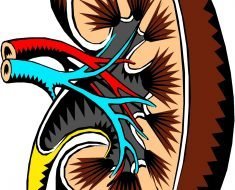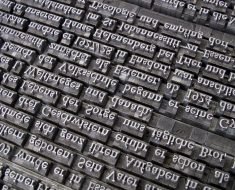A team of researchers with members from institutions in The Netherlands and China has conducted a test of fluorescent tracers meant to aid surgeons performing tumor removal in breast cancer patients. In their paper published in the journal Nature Communications, the group describes the study they carried out and what they found.
Breast cancer patients who undergo tumor removal surgery are often left with less healthy breast tissue than need be—this is because surgeons routinely remove an extra centimeter of tissue around the perimeter of a tumor as a precaution against leaving behind hidden cancerous cells. Even so, approximately 20 percent of such patients must undergo a second procedure for removal of tumor tissue that was missed. The problem occurs because cancerous cells are often difficult to see—surgeons quite often must resort to using their fingers to find tiny lumps. Because of this, medical researchers have been working on developing fluorescent tracers to improve accuracy. As their name suggests, fluorescent tracers are elements introduced into the body to induce fluorescence in cancer cells, making them easier to see. The authors with this new study noticed that despite a lot of work in this area, no one had actually tested whether using such tracers would actually improve surgical results. For that reason, they designed a relevant study.
Source: Read Full Article





